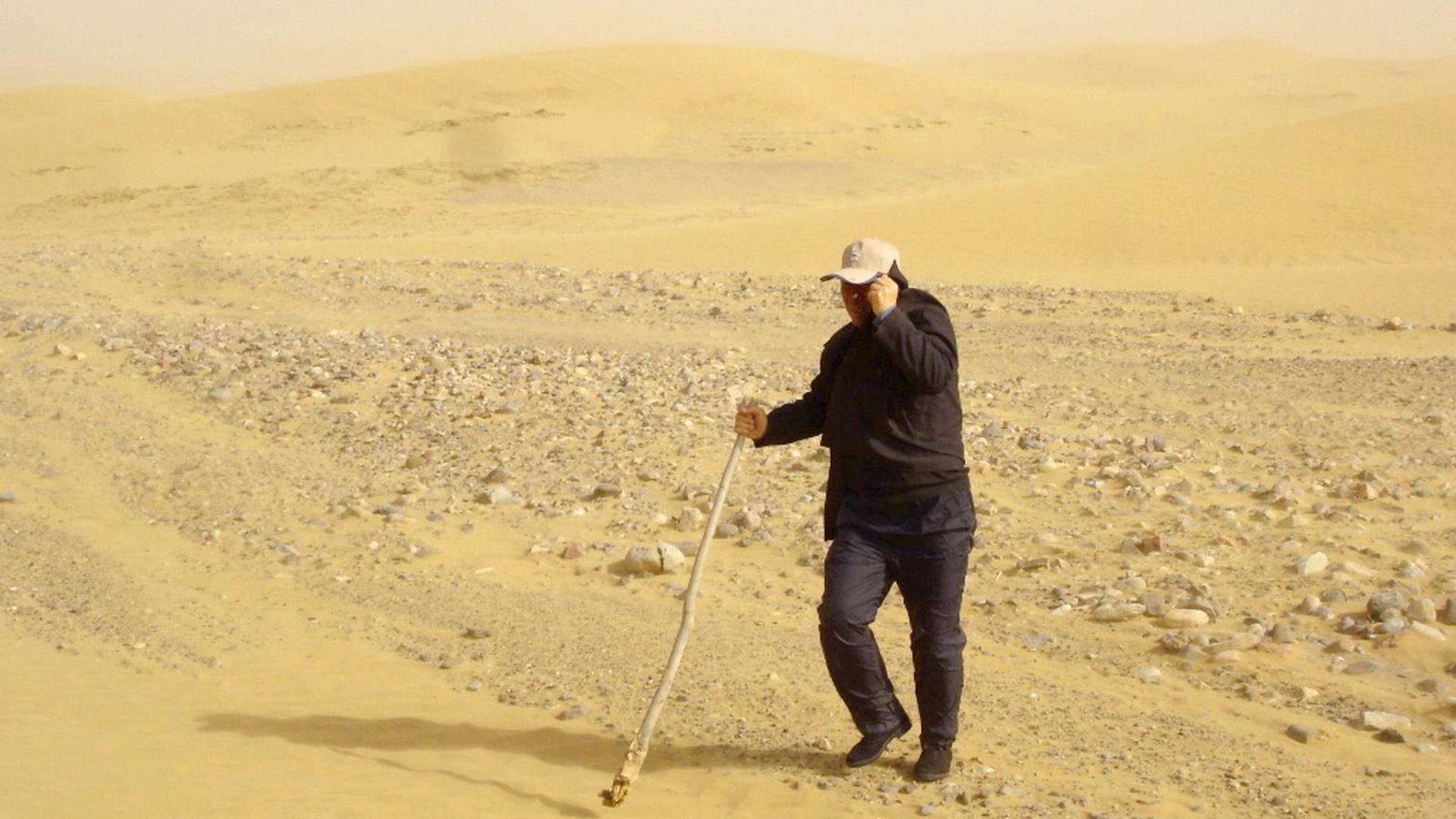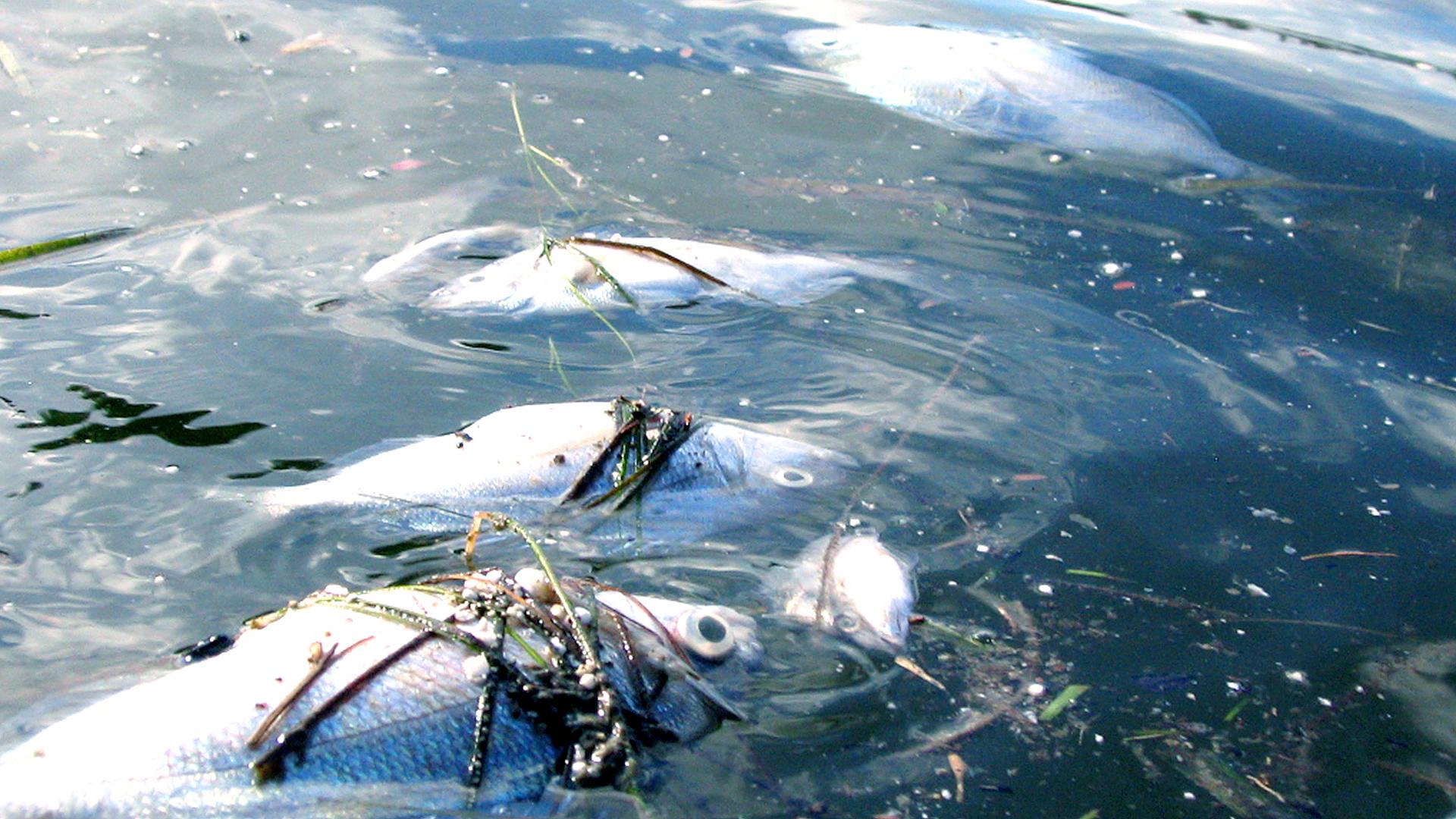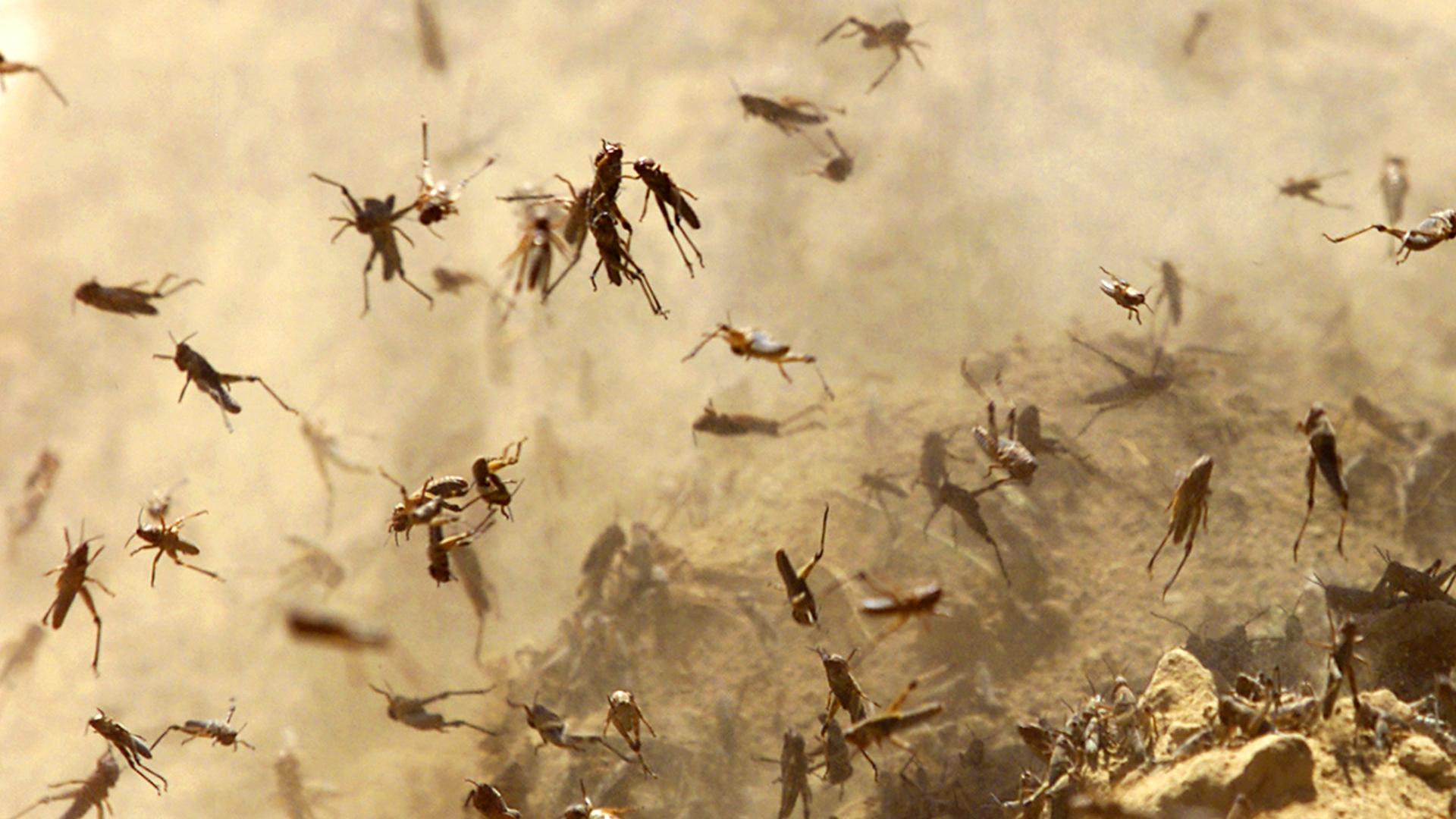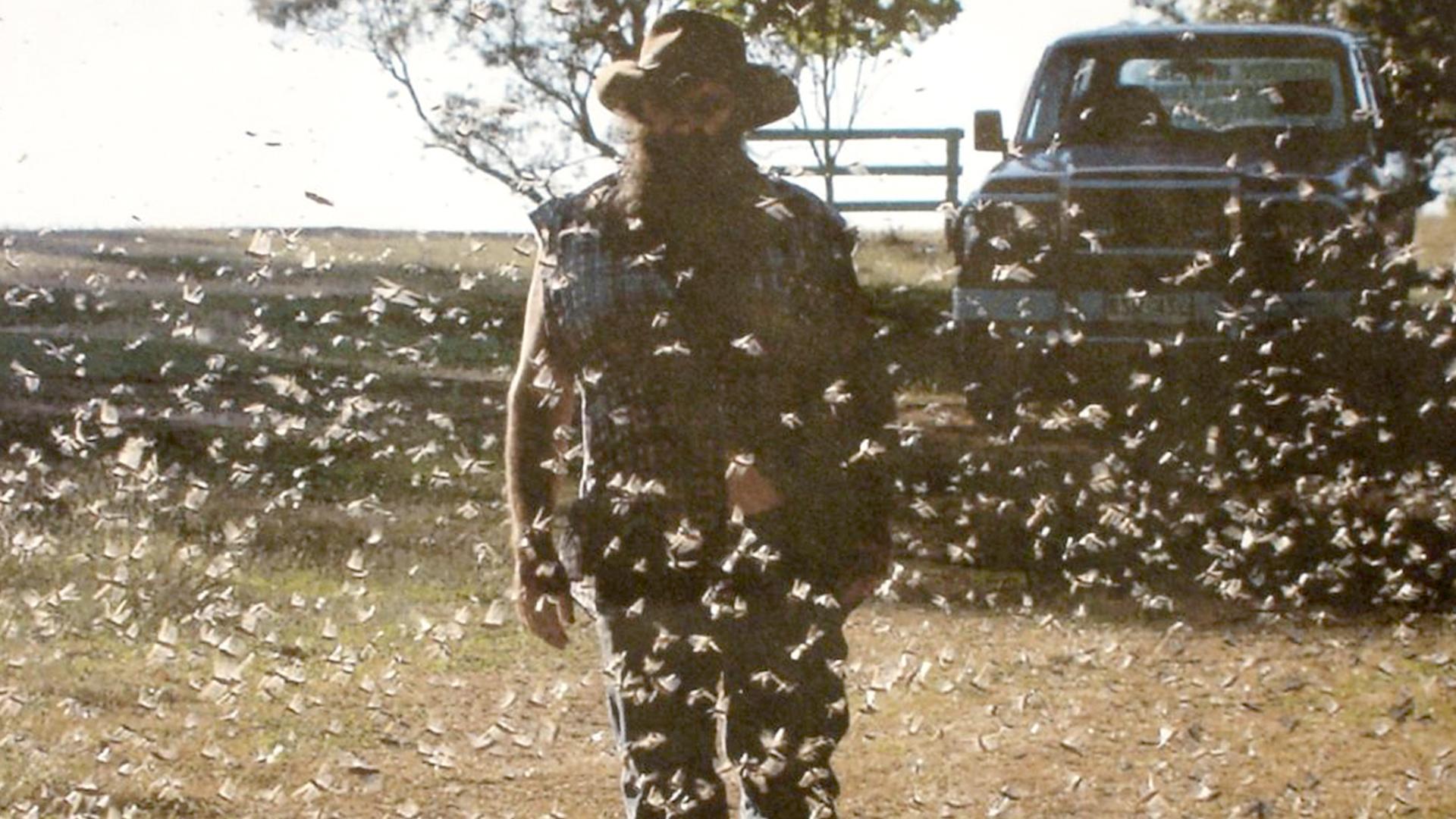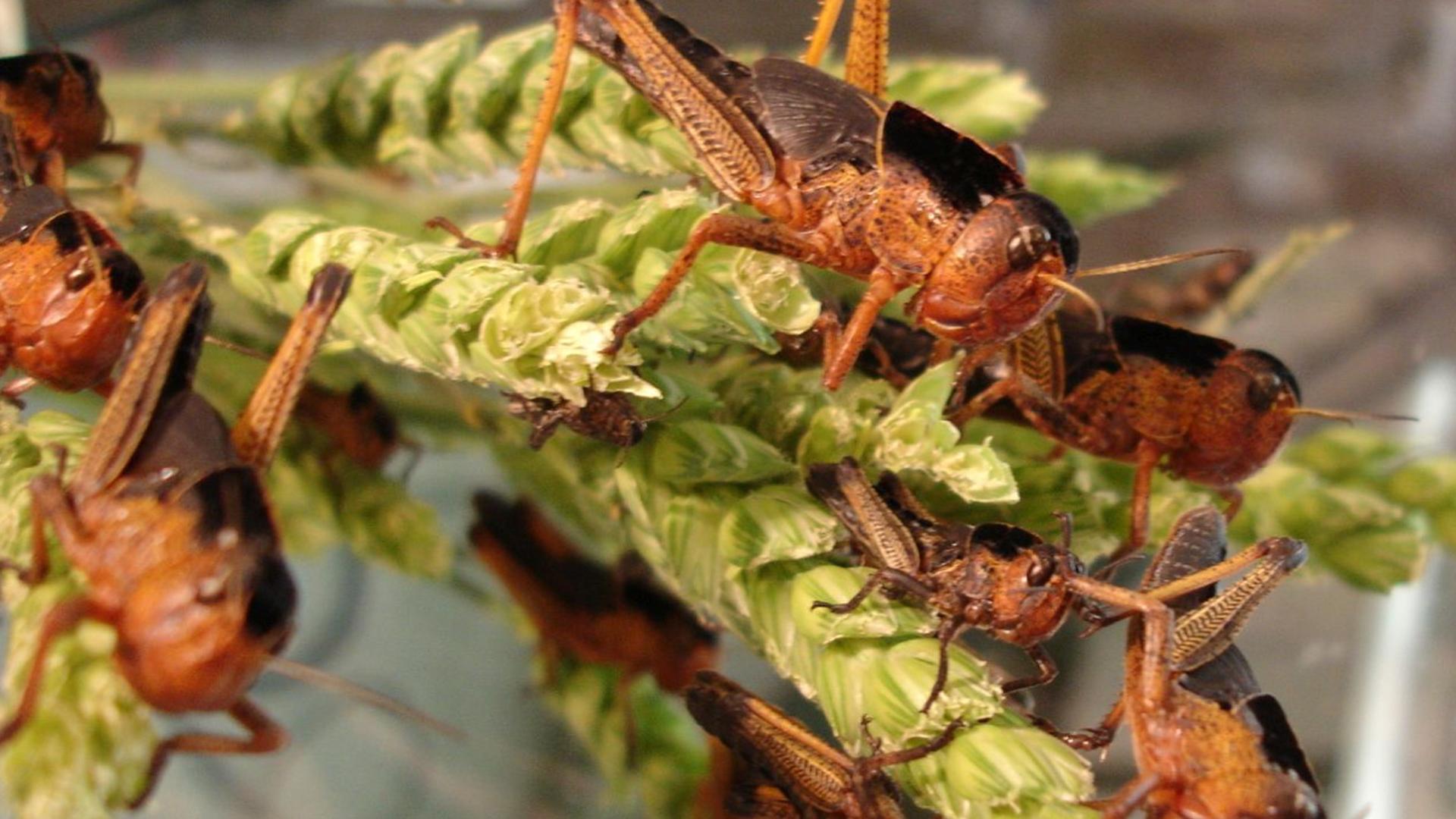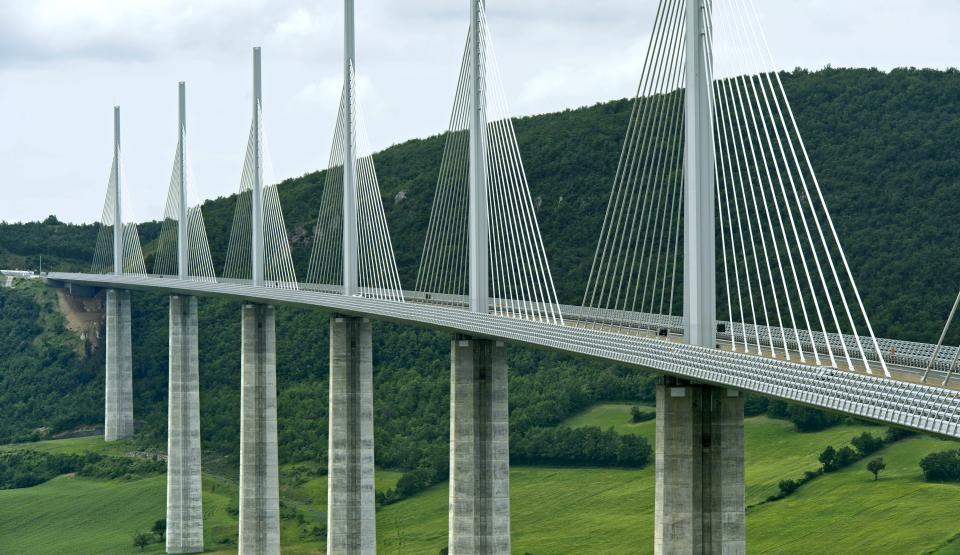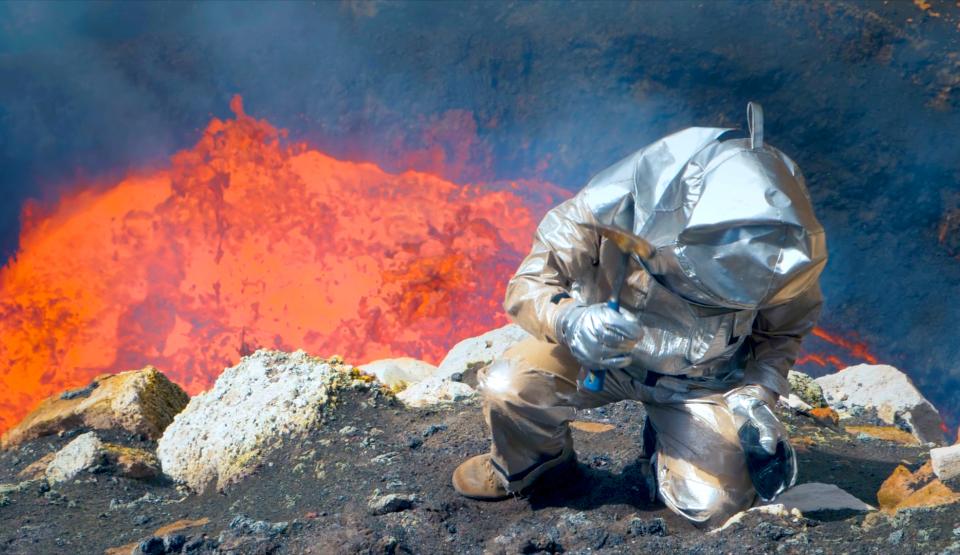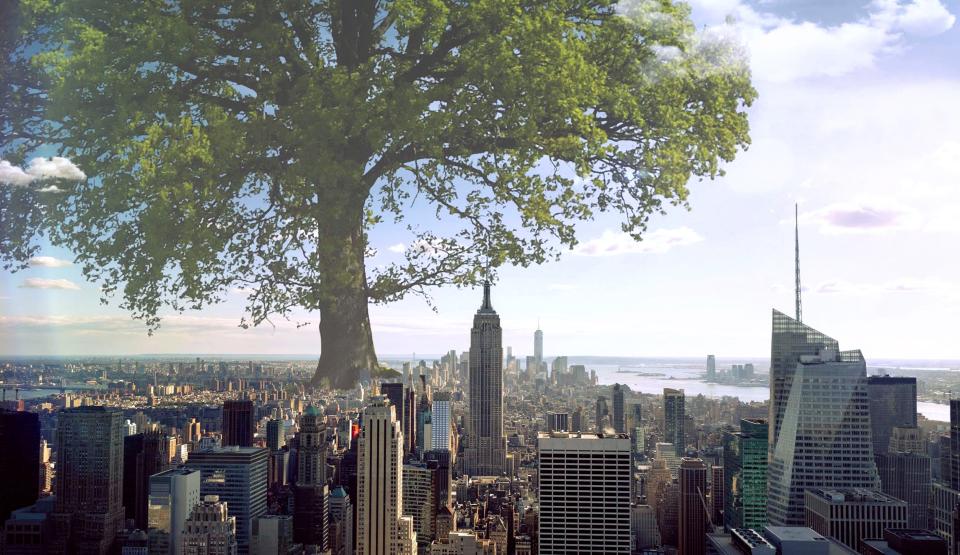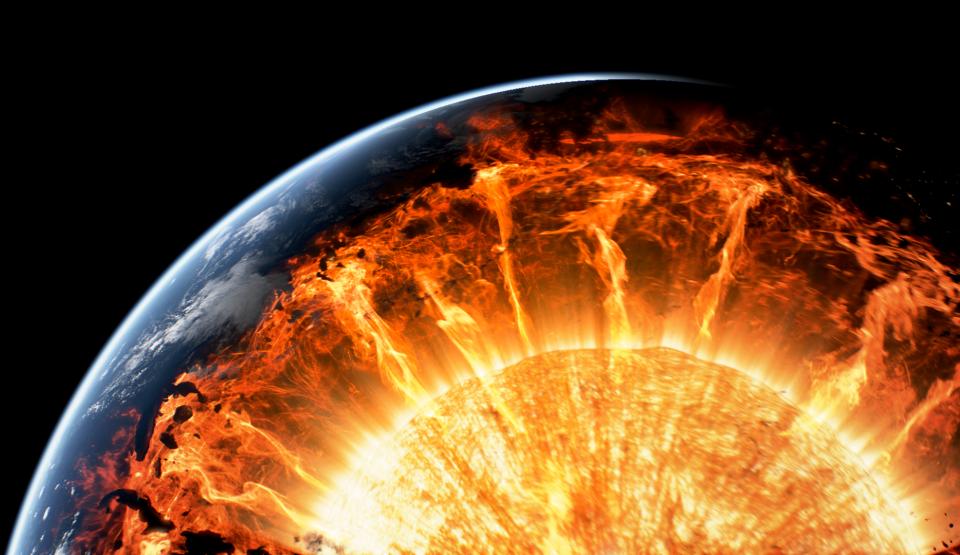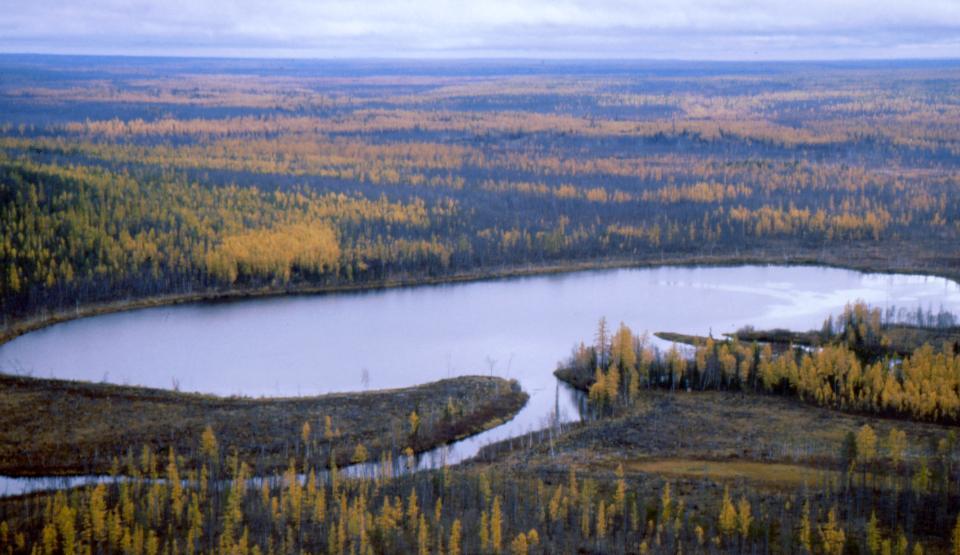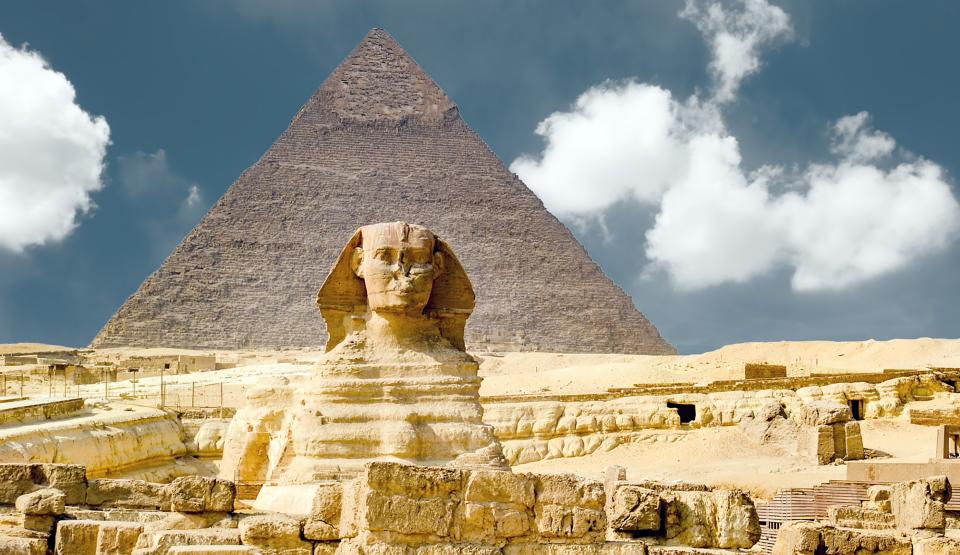“… darkness that can be felt … covered all Egypt for three days,” reports the Bible. “No one could see anyone else … for three days.” (Exodus 10:22–23)
Dust storms frequently paralyze public life during the storm season in many of the most arid regions of the Earth, burying roads and human settlements, threatening the lives of humans and animals alike. The frequency of these dust storms is increasing, year after year. And the deserts that supply the raw material for the dust storms are also growing.
In China, 20 percent of the land is already covered by desert, and every year sand covers a new area the size of Luxembourg. China has decided to build a 4,500‑kilometer-long “green wall” as a bulwark against the dust storms: a belt of shrubs and trees is supposed to block the wind and stop the expansion of the desert.
The documentary series, Return of the Plagues, follows “desertification fighters” to buried villages, where they plant kilometer after kilometer of new vegetation on sand dunes, fighting pests and looking for plants that are best suited to retain humidity in the soil.
In Darmstadt, Germany, researchers have found out that dust storms from China and the Sahara are not only the result of climate change but also play an important role themselves in influencing the weather.
